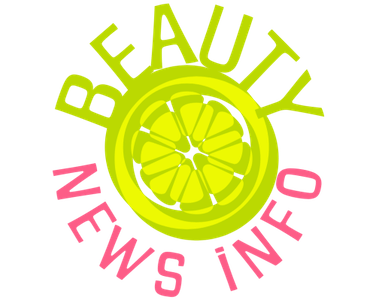iQuanti: A revolving line of credit is an open-ended account that provides a borrower with a maximum credit limit. The borrower can use it and pay it down frequently while the account is open. Different types of revolving lines of credit include a home equity line of credit, a personal line of credit, and a business line of credit. Here's what you need to know about these common revolving lines of credit.
1. HELOCs
A home equity line of credit is a loan that you can draw funds from as needed and repay at a variable interest rate. You can use the money for many purposes, such as paying off high-interest credit card debt or paying for home improvements. The equity in your home, or your home's value minus your mortgage balance, is used as collateral. You need to have at least 15 to 20% equity in your home to qualify. Lenders will offer great rates to those who have significant equity in their home, a high credit score, and a low debt-to-income ratio. Your employment history, monthly debts, and monthly income will also be evaluated by lenders.
The two phases of a home equity line of credit are the draw period and the repayment period. The draw period is the phase where you can access your available credit. Your contract will usually only require you to make small, interest-only payments during this phase. Some contracts may give you the option to pay more and have it go toward the principal. The draw period typically lasts ten years. Unless you ask for an extension and receive it, the draw period ends. You'll then enter the second phase, which is the repayment period. This phase is when you repay all the money that was borrowed plus interest. The repayment period generally lasts 20 years.
2. Personal lines of credit
A personal line of credit is a loan with a variable interest rate. With these flexible loans, you can draw on funds as needed up to your set credit limit. Then, you'll repay what you owe all at once or over time, depending on your preferences. Better yet, you'll only pay interest on the amount you borrow.
Different ways you can use a personal line of credit include paying off auto loans, refinancing your student loan debt, or paying for unexpected medical expenses. Lines of credit can be an ideal option if you need money quickly and don't have anything to offer as collateral, such as a car or house.
3. Business line of credit
A business line of credit is a secured or unsecured loan that provides your business access to money to use for business expenses. Many lenders require a business to have strong finances, revenue, and several years of operation. You'll be asked for documentation such as business financial statements, personal and business bank statements, and personal and business tax returns. A business line of credit is useful when you need to finance short-term expenses like unexpected costs or replenishing inventory. Consider your financial needs carefully to help you decide which line of credit option is right for you.
Contact Information:
Keyonda Goosby
Public Relations Specialist
[email protected]
(201) 633-2125
Carolina Darbelles
Senior Public Relations Specialist
[email protected]
(201) 633-2125
Press Release Service by Newswire.com
Original Source: 3 Common Revolving Lines of Credit and How They Work


